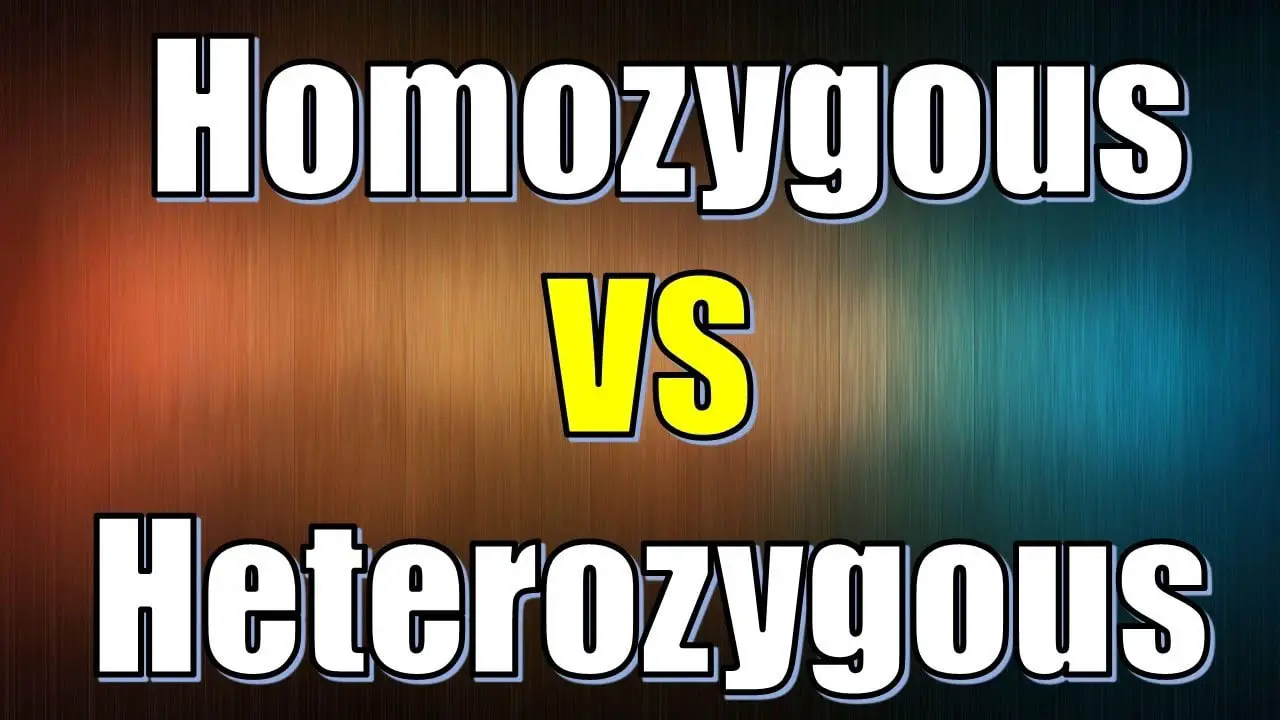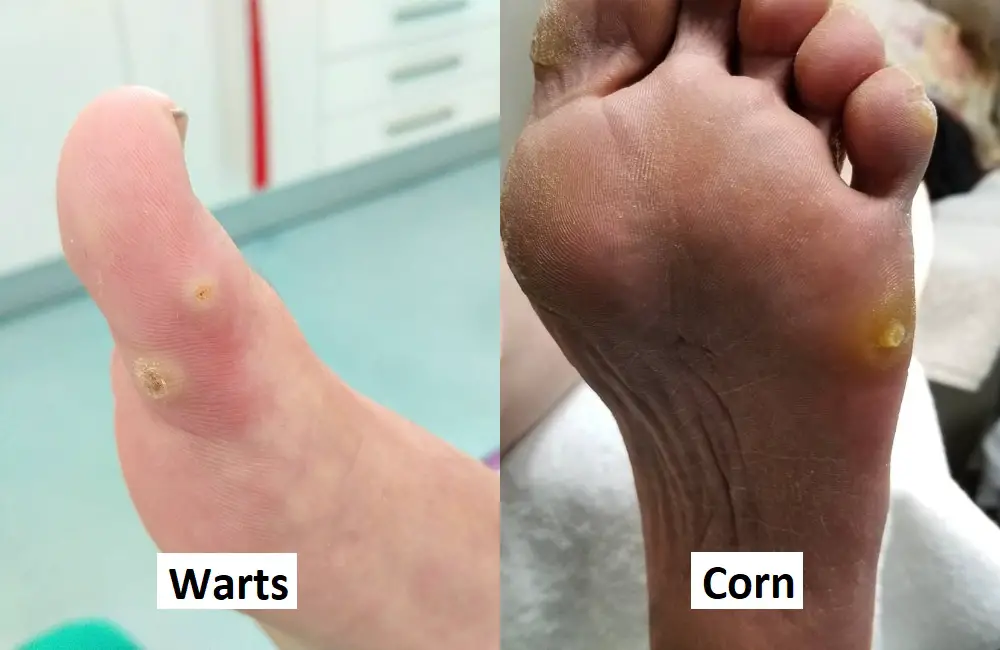Heterozygous Vs. Homozygous – What Are The Differences?
When you hear the words heterozygous and homozygous, if you are not scientifically minded, you may wonder what they mean and are they different. An organism that carries different alleles is heterozygous, for example, Tt. An organism that carries two identical alleles is homozygous, for example, tt or TT.
Purity of Trait
Heterozygous is very rarely pure for a trait. They will produce offspring with different genotypes and are different from the parent organism. Homozygous is pure for a trait and breeds true, producing other homozygous offspring.
Type of Alleles
Heterozygous have different alleles whereas homozygous have the same alleles.
The heterozygous organism will have both dominant and recessive genes. Homozygous will have either dominant or recessive genes.
An allele is one of two or more alternative forms of a gene that will arise through a mutation and are located at that same place on chromosomes. Check our article on gene vs allele to learn their differences.
Gametes

Heterozygous will produce two different types of gametes. Homozygous will produce one type pf gametes.
A gamete is a mature haploid female or male cell that is able to unite with another cell of the opposite sex in sexual reproduction to form a zygote.
Recommended for You:
Heterozygous Vs. Homozygous Difference
Still confused and thinking it’s too complex to digest? Well, here are 4 main differences shown in the below chart.
|
Heterozygous |
Homozygous |
|
|
|
|
|
|
|
|







